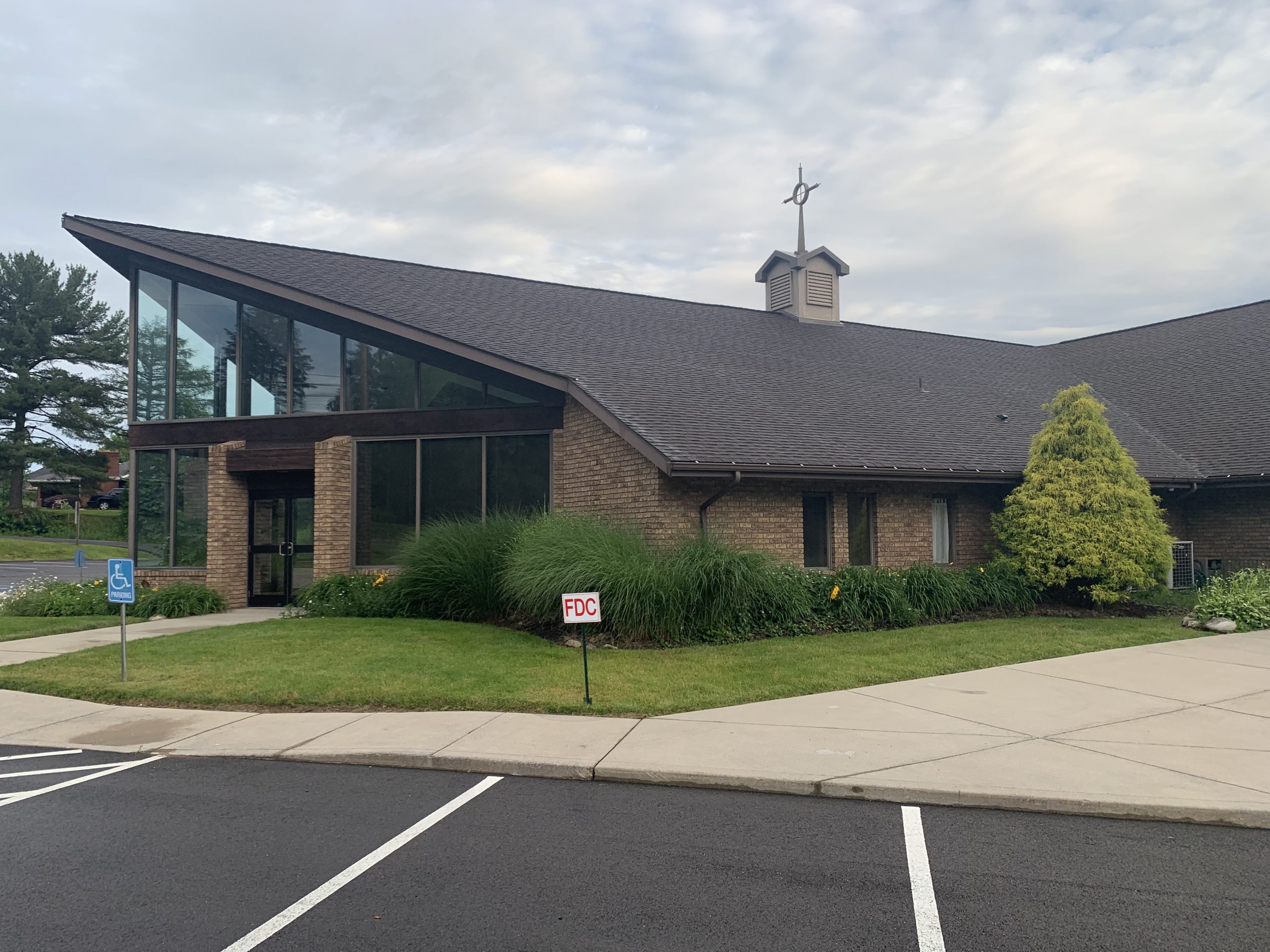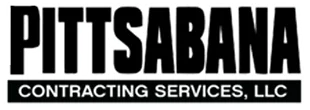As a leading contracting service in Pittsburgh, Pennsylvania, Pittsabana is dedicated to providing effective solutions for all your roofing and guttering needs. One crucial aspect of maintaining a commercial roof is regular inspections. In this article, we will delve into the various aspects of a commercial roof inspection, shedding light on the process and its importance. From examining the interior to walking the roof, taking core samples to generating a detailed report, we will cover all the essential elements involved. So, let’s explore what happens during a commercial roof inspection.
Commercial Roof Inspection Starts from the Inside
A thorough commercial roof inspection begins by assessing the interior of the building. The roofing inspector will examine the ceilings, walls, and any other accessible areas for signs of moisture intrusion, leaks, or water stains. They will also look for cracks, mold growth, or any other visible damage that may affect the integrity of the roof.
The inspector will inspect the attic space to check for proper ventilation and insulation, which are crucial for maintaining a healthy roof. Any issues with ventilation or insulation can lead to moisture buildup, which can result in damage to the roof structure.
Furthermore, the interior inspection involves checking for signs of pest infestation, as pests can cause significant damage to the roof and its components. Proper identification of these issues during the inspection helps address them promptly and prevent further damage.
Commercial Roof Inspection Includes Walking the Roof
After examining the interior, the commercial roofing inspector will proceed to physically inspect the roof. This step involves carefully walking the entire roof surface, checking for signs of damage, wear and tear, or any other issues that may compromise its integrity.
During the roof walk, the inspector will inspect the roofing materials, such as shingles, tiles, or membranes, to identify any visible damage or deterioration. They will also examine the flashing, gutters, downspouts, and other roof components to ensure they are in good condition and functioning properly.
The roofing inspector will pay close attention to areas prone to leaks, such as valleys, vents, skylights, and chimneys. These vulnerable points require meticulous inspection to identify any potential sources of water infiltration.
To ensure a comprehensive inspection, the roofing professional will inspect the roof for signs of ponding water, debris accumulation, or blocked drainage systems. Proper water drainage is crucial for preventing roof damage and preserving its longevity.
Commercial Roof Inspection Includes Taking a Few Core Samples
In some cases, a commercial roof inspection may involve taking core samples. Core samples are small sections of the roofing material that are extracted for laboratory analysis. This process helps determine the condition of the roof layers, identify potential issues, and assess the remaining lifespan of the roof.
During the core sampling process, the inspector will carefully select specific areas on the roof and extract small samples of the roofing material. These samples are then sent to a laboratory for further analysis, where experts evaluate the material’s composition, strength, and potential signs of damage.
Core sampling provides valuable insights into the roof’s condition, allowing for proactive maintenance and targeted repairs if needed. It helps identify hidden issues that may not be visible during a regular visual inspection, enabling a more accurate assessment of the roof’s overall health.
Commercial Roof Inspection Includes a Report
Following the completion of the inspection, a commercial roof inspector will compile a detailed report that summarizes their findings. The report serves as a valuable reference for building owners, property managers, or contractors, providing a comprehensive overview of the roof’s condition.
The inspection report typically includes information about the roof’s current state, identified issues, recommended repairs or maintenance, and an estimation of the roof’s remaining lifespan. It may also include photographs, core sample analysis results (if applicable), and any other relevant documentation.
The report helps stakeholders make informed decisions regarding necessary repairs, budgeting for future maintenance, or planning for roof replacement. It provides a roadmap for addressing existing problems and mitigating potential risks to ensure the longevity and performance of the commercial roof.
How Long Does a Commercial Roof Inspection Take?
The duration of a commercial roof inspection depends on various factors, including the size, complexity, and accessibility of the roof. Generally, a thorough inspection can take anywhere from a few hours to a full day.
The inspector needs sufficient time to carefully examine the interior, walk the roof, and perform any additional tasks like core sampling. It is crucial not to rush the inspection process, as overlooking even minor issues can lead to significant problems down the line.
Factors such as weather conditions, roof accessibility, and the presence of multiple buildings or roof sections can also influence the inspection timeline. To ensure accuracy and attention to detail, it is essential to allocate adequate time for the inspection.
Conclusion
In summary, a commercial roof inspection is a comprehensive process that involves thorough examination of both the interior and exterior components. From inspecting the interior for signs of damage and moisture intrusion to walking the roof surface, taking core samples, and generating a detailed report, each step contributes to a holistic assessment of the roof’s condition. Regular commercial roof inspections play a vital role in identifying potential issues, allowing for timely repairs and proactive maintenance. By investing in professional commercial roof inspections, Pittsabana ensures the longevity, performance, and protection of your commercial roofing system.



